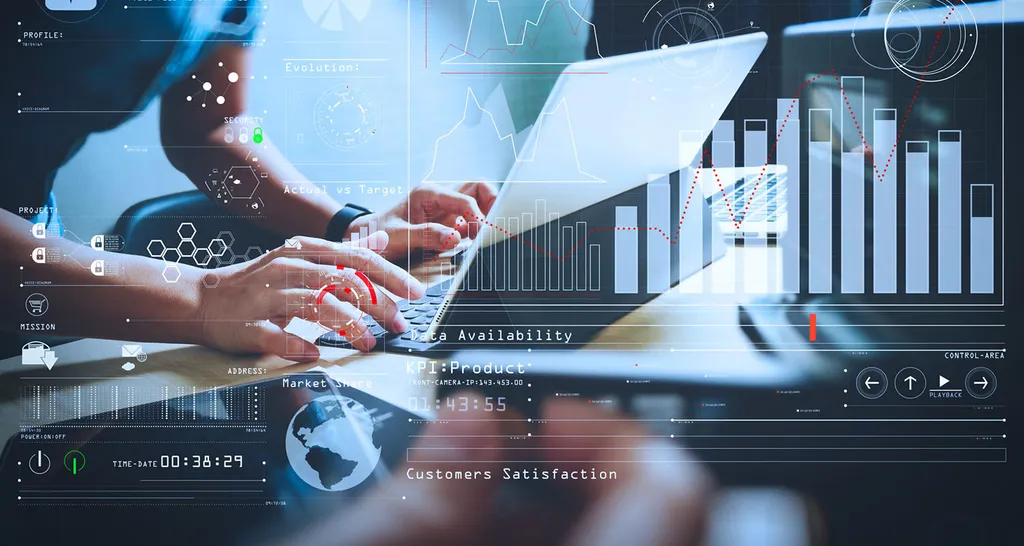
The digital revolution has touched nearly every aspect of our lives, and healthcare is no exception. The rise of digital health in the USA presents both incredible opportunities and significant challenges. How can we effectively manage patient data, enhance care coordination, and ultimately improve health outcomes? The answer lies, at least in part, with the strategic use of Electronic Health Records (EHRs) and Fast Healthcare Interoperability Resources (FHIR).
The Role of EHR in Modern Healthcare
EHRs have become the backbone of modern healthcare systems. They represent a digital version of a patient’s chart, containing medical history, diagnoses, medications, treatment plans, immunization dates, allergies, radiology images, and lab results. But the power of an EHR stretches far beyond simply replacing paper records.
EHRs aim to improve efficiency. They enable healthcare providers to quickly access patient information, reducing the need for cumbersome paperwork and manual processes. This leads to better informed decision-making. With all relevant data at their fingertips, clinicians can make more accurate diagnoses and develop more effective treatment plans. Then there’s patient safety. EHRs help prevent medication errors and reduce the risk of adverse events by providing alerts and reminders to healthcare professionals. Finally, they improve care coordination. EHRs facilitate communication and collaboration among different healthcare providers involved in a patient’s care.
However, the promise of EHRs has not been fully realized. A major obstacle is the lack of interoperability between different EHR systems. Why can’t one hospital’s EHR system easily communicate with another’s? This lack of seamless data exchange hinders care coordination and limits the potential for data-driven insights.
Unlocking Interoperability with FHIR
This is where FHIR enters the picture. FHIR, pronounced “fire,” is a standard developed by Health Level Seven International (HL7) that describes data formats and elements and an application programming interface (API) for exchanging electronic health records. Think of it as a universal language for healthcare data.
FHIR is designed to be simple to implement and use, leveraging modern web standards like RESTful APIs and JSON data formats. This makes it easier for different EHR systems to talk to each other, regardless of the vendor or technology they use.
FHIR addresses the interoperability problem by defining a set of standardized data elements, known as “resources,” that represent common healthcare concepts like patients, medications, and observations. These resources can be easily exchanged between different systems, creating a more seamless flow of information.
Imagine a patient visiting a specialist who uses a different EHR system than their primary care physician. With FHIR, the specialist can easily access the patient’s medical history from the primary care physician’s EHR, ensuring they have a complete picture of the patient’s health.
The Synergy of EHR and FHIR – A Powerful Combination
The true potential of digital health is unlocked when EHRs and FHIR work together. EHRs provide the foundational data infrastructure, while FHIR enables the seamless exchange of that data between different systems.
The benefits of this synergy are numerous –
- Improved Care Coordination – FHIR enables different healthcare providers to access and share patient information easily, leading to better coordinated care.
- Enhanced Patient Engagement – FHIR allows patients to access their medical records and share them with their providers, empowering them to take a more active role in their health.
- Accelerated Research and Innovation – FHIR facilitates the use of EHR data for research purposes, enabling researchers to identify trends, develop new treatments, and improve healthcare outcomes.
- Reduced Costs – By streamlining data exchange and reducing administrative overhead, FHIR can help lower healthcare costs.
Overcoming the Challenges
While the potential of EHR and FHIR is undeniable, there are still challenges to overcome.
- Implementation Costs – Implementing FHIR can require significant investment in infrastructure and training.
- Data Security and Privacy – Sharing patient data raises concerns about security and privacy. Robust security measures and strict adherence to regulations like HIPAA are essential.
- Adoption Rates – Widespread adoption of FHIR requires collaboration and commitment from all stakeholders, including EHR vendors, healthcare providers, and government agencies.
The Future of Digital Health
The future of digital health in the USA is bright. As EHRs and FHIR become more widely adopted, we can expect to see even greater improvements in care coordination, patient engagement, and healthcare outcomes. The integration of data from wearable devices, telehealth platforms, and other digital health tools will further enhance the power of EHRs and FHIR.
The move toward greater ehr fhir interoperability is not just a technological shift, it represents a fundamental change in how healthcare is delivered. It’s a move toward a more connected, patient-centered, and data-driven system that can ultimately improve the health and well-being of all Americans.
By embracing these technologies and addressing the challenges head-on, we can unlock the full potential of digital health and create a healthier future for everyone.

